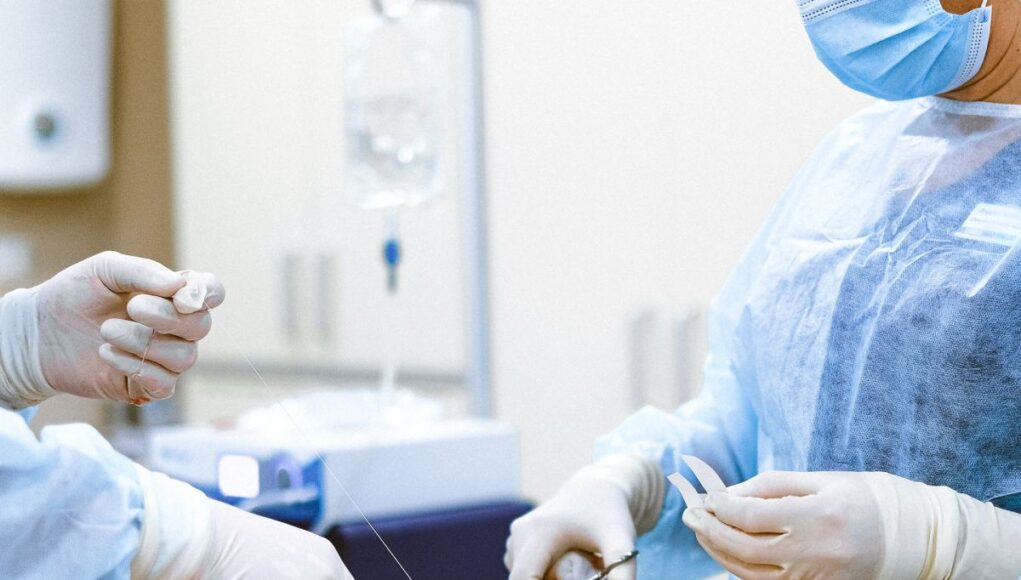Problems with the perineum, or the anal canal and surrounding region, are quite frequent. Especially so in females after childbirth. However, shyness and embarrassment prevent many sufferers from seeking medical assistance. In today’s net-savvy culture, perineal diseases are routinely categorised as piles or haemorrhoids, and cure is sought via rumour and the Internet.
In this essay, rather than discussing disorders affecting the perineal region, I will discuss one of the most common symptoms people experience: pain, what it may indicate, and when to seek medical assistance. You can take the treatment from Plastic Surgery Hospital in Jaipur or from Laparoscopic Surgery hospital in Jaipur.
Painful defecation
A few minutes to hours of pain may be experienced during bowel movement. Pain resembling a sharp knife when defecating is indicative of an injury to the anal exit. The term for this ailment is anal fissure.
It is a skin flap that extends into the anal canal from the anal aperture. The anal fissure near the anal orifice is incredibly painful and produces muscular spasms. A vicious cycle begins when straining against this spasm to evacuate faeces causes recurrent harm to the skin cut.
Treatment
The only way to guarantee the wound heals is to alleviate the agony and interrupt the vicious cycle of pain, trauma, and misery. This can be accomplished using Sitz baths, which are warm water soaks in a tub, and local ointments prescribed by your doctor. In addition, using laxatives facilitates faeces’ evacuation without straining, reducing the risk of harm to the wound during defecation.
You may be administered pain medication for a few days during the acute phase. In order to maintain healthy bowel habits and prevent a recurrence of trauma in the future, the most crucial piece of advice is to make necessary lifestyle adjustments. These include adequate hydration, avoiding spicy foods (red and green chilies), consuming fibre-rich foods, and engaging in moderate physical activity.
The therapy must be administered for the time prescribed by the physician. Early discontinuation may result in a recurrence that is resistant to treatment. Surgical lateral sphincterotomy is the alternate treatment if proper guidance is taken and there is no improvement. It is a brief technique that involves cutting the muscle to reduce the muscular spasm and enable the fissure to heal.
Perianal discomfort with localised edoema
This is caused by bleeding or an infection of the perianal gland. The bleeding occurs within a solid mass beneath the skin and causes swelling and clotting of the blood, resulting in the formation of a very painful lump at the spot.
The medical term for this ailment is thrombosed pile. Pain associated with a thrombosed pile begins abruptly, is strong, and persists throughout the day. It often resolves on its own, although occasionally surgical intervention may be required. Check out how you can test for piles.
Infection is the second most prevalent ailment connected with this sort of discomfort. As the infection progresses over a few days, the degree of the discomfort increases. This infection might involve a gland in the perianal skin or, more frequently, a gland in the anal canal. The infection advances swiftly to pus production, known medically as perianal abscess.
A perianal abscess can range in severity from a tiny, painful bump that bursts and discharges pus to a situation in which the pus spreads to the whole perineum and becomes a life-threatening illness. This problem can only be treated by surgical drainage.
Collapsed heaps
Cold compresses and topical gels, in addition to oral analgesics, are all that is required for pain relief. Laxatives that prevent straining during faeces are also beneficial. In the event that the agony is intolerable, a brief surgical operation to remove the clots of blood provides rapid relief.
If situations permit, it may be feasible to address the underlying haemorrhoid issue concurrently. It is recommended to have hemorrhoid surgery once the thrombosed pile has healed.
Perianal abscess
Immediate medical attention should be sought for a condition requiring predominantly surgical intervention. The pus requires drainage, which is followed by a period of wound healing requiring daily dressings. Frequently, the disease is followed by the development of an anal fistula.
Perianal discomfort – Other causes These are less prevalent than the aforementioned reasons and include coccidodynia, the medical word for painful arthritis of the tailbone. A medical evaluation by a physician identifies the disease. The discomfort is intensified when seated, standing, and laying down alleviate it.
Similarly, a prominent perianal muscle spasm known as the levator ani also generates discomfort. The discomfort may be so terrible that it causes you to awaken during the night. Levator ani syndrome (LAS) is diagnosed when other causes of perianal discomfort have been ruled out.
In addition to endometriosis, tumours of the rectum, spine, and pelvis, gynaecological disorders such as endometriosis may also cause rectal discomfort. In such circumstances, the pain is persistent and worsens over weeks to months. If you are experiencing such agony, you must get medical attention.
Therapy for Coccidodynia
Coccidodynia and LAS are often treated with heat fomentation, analgesics, a Sitz bath, and physiotherapy. The diseases are persistent and may fluctuate over time, necessitating supportive care if symptoms worsen.
Conclusion
If recognised and treated in a timely manner, many disorders causing discomfort in the perineal region can be cured quickly and efficiently. Pain that steadily worsens over an extended period should not be disregarded. Avoid self-medication and delaying therapy. In all hospitals, these disorders can be treated by specialists.
Also Read:
Arthroscopy Can Now Be Used for Hip, Knee, and Shoulder Treatment


















